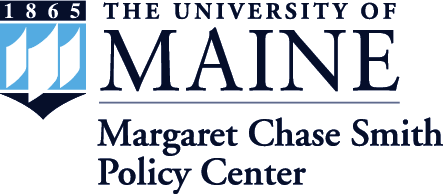Abstract
Mapping for marine-spatial planning is crucial if Maine is to safely develop its offshore resources, especially wind and tidal energy. The authors focus on shallow natural gas (methane) deposits, an important and widespread geohazard in Maine’s seafloor. They describe the origin, occurrence, and identification of natural gas in Maine’s seafloor; explain the hazards associated with these deposits and how to map them; and discuss what Maine can learn from European nations that have already developed their offshore wind resources. Because the U.S. gives states a central role in coastal management, Maine has the chance to be proactive in delineating coastal resources and demarcating potential seafloor hazards.
First page
46
Last page
57
DOI
https://doi.org/10.53558/SXSQ4484
Recommended Citation
Brothers, Laura L. , Joseph T. Kelley, Melissa Landon Maynard, Daniel F. Belknap, and Stephen M. Dickson. "Development in the Gulf of Maine: Avoiding Geohazards and Embracing Opportunities." Maine Policy Review 19.1 (2010) : 46 -57, https://digitalcommons.library.umaine.edu/mpr/vol19/iss1/7.
Included in
Geomorphology Commons, Geotechnical Engineering Commons, Oceanography Commons, Oil, Gas, and Energy Commons
